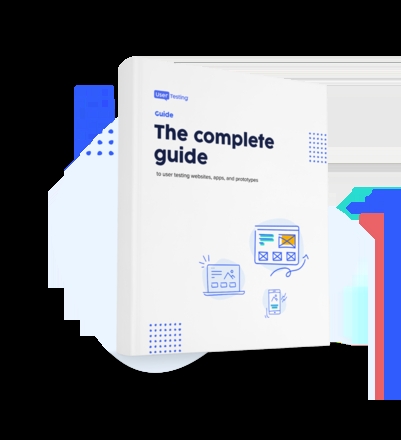
Hook smart: seven UX lessons on reader retention for news websites

Publishers in general, and news websites in particular, have been facing a serious challenge in making online channels profitable, and replacing declining income from traditional sources like print advertising.
For news sites, online income revolves around driving subscriptions as well as revenue from digital ads. The problem posed is that placing ads on the site can adversely affect the user experience, and this can deter people from subscribing in the first place.
At key times, during major events like the current Covid-19 pandemic, or perhaps even during election campaigns, news sites can easily attract more readers, but the challenge is to retain these users and convert them into paying customers.
Increasing interest and engagement through a good all-round experience can make a big difference in holding onto users, and even turning them into paying customers.
In this article, we’ll look at what good user experience looks like, and how news websites can increase engagement through the user experience.
Don’t let ads ruin the experience
Ads on news sites are annoying, and have spawned an entire industry of ad blocking tools. On some news sites, ads loading up means pages are slow to load, and you can often barely see the content for the ads.
Here’s an example, where the article headline has been pushed below the fold by the ads, while the experience is interrupted with a request to bookmark the site.

Contrast this with the homepage of the LA Times, which loads quickly, and actually looks like a newspaper.
Yes, sites need to generate income from advertising, but if this comes at the cost of destroying the user experience, it may not pay off in the long term.
Even if your paid subscription options are ad-free, potential customers may find it hard to see beyond the advertising on the free version of the site.
Provide the best possible reader experience across every device
Apart from not spoiling the experience through ads, the reader experience matters. People need to be able to read the articles without hassle, on any device they choose.
According to stats from Ofcom, around three-quarters of people read online news primarily through smartphones, so the mobile experience matters.
Here, the LA Times presents recipes in a way that is easy to use and read. Users are more likely to use mobiles than laptops when cooking, so this format makes the recipe easy to follow.


Use apps to personalize and improve UX
Apps can be a great way to offer a user experience designed for specific devices, and can be a way to reward users with a more tailored experience.
Useful app features for subscribers and regular users include things like personalized home screens to only show the sections they are interested in, tailored push notifications and improved presentation of multimedia.

Promote related content to increase engagement
Users may arrive at your site from a Google search or perhaps a tweet on a topic that interests them. Whether they stay and browse more articles may depend on how well you present and promote other content.
There are a few ways to do this, from promoting other articles by the same author, showing other content within the same section, and simply showing the most popular articles across the site, and according to the session.

For logged-in subscribers, sites can go further by showing personalized content recommendations based on their reading history.
Sites need to ensure that customers feel they are getting good value from the money they spend and helping them make the most of their subscription is a great way to achieve this.
In this area, news sites can learn from companies like Netflix with similar subscription models. Their success depends on keeping people using Netflix and using personalized content recommendations to retain people’s interest.
Smart email promotion of content
Regular email updates help to keep users coming back to the site, and can also be valuable in terms of ad revenue, as emails can be used to target users based on their interests.
These can be updated with key news, or perhaps a digest of interesting content based on the sections and topics people tend to browse.

Allow users to sign up to relevant content
People head to newspaper sites for different reasons. Yes, it’s often about news, but people will return or subscribe for regular features and useful content.
Perhaps a particular columnist is worth subscribing to for their informative arts coverage. Allowing users to sign up for different emails and alerts according to their preferences keeps users engaged with more relevant content.

It also allows sites to learn more about users’ interests and tailor content and promotions more effectively.
Navigation and ease of content discovery
News sites have a lot of content, often with archives going back over decades. This makes good navigation essential.
Many sites use a few general categories in the top navigation, and allow users to access a more specific navigation, often using the hamburger menu which, as previous user tests have shown, can be a UX issue.
Here, the New York Times has an accordion style mega menu, which opens out as users select categories and subcategories, allowing them to dig deep into different areas of the site.

For other users, perhaps with a less specific idea of the content they’re looking for, it can be about the browse experience, presenting a range of content to catch the reader’s eye as they browse.
Here, the LA Times, presents lots of articles and recipes in its food section, using lists, different formatting and imagery to make browsing easier and attract the user’s attention.

In summary
News websites face some very tricky challenges, from generating income from ads, to building audiences, as well as attracting and retaining paid subscribers.
I think UX should be key to a lot of this as, along with great content, the user experience is what ultimately keeps people coming back to a site again and again, and is what can turn browsers into subscribers.

Get started with experience research
Everything you need to know to effectively plan, conduct, and analyze remote experience research.





